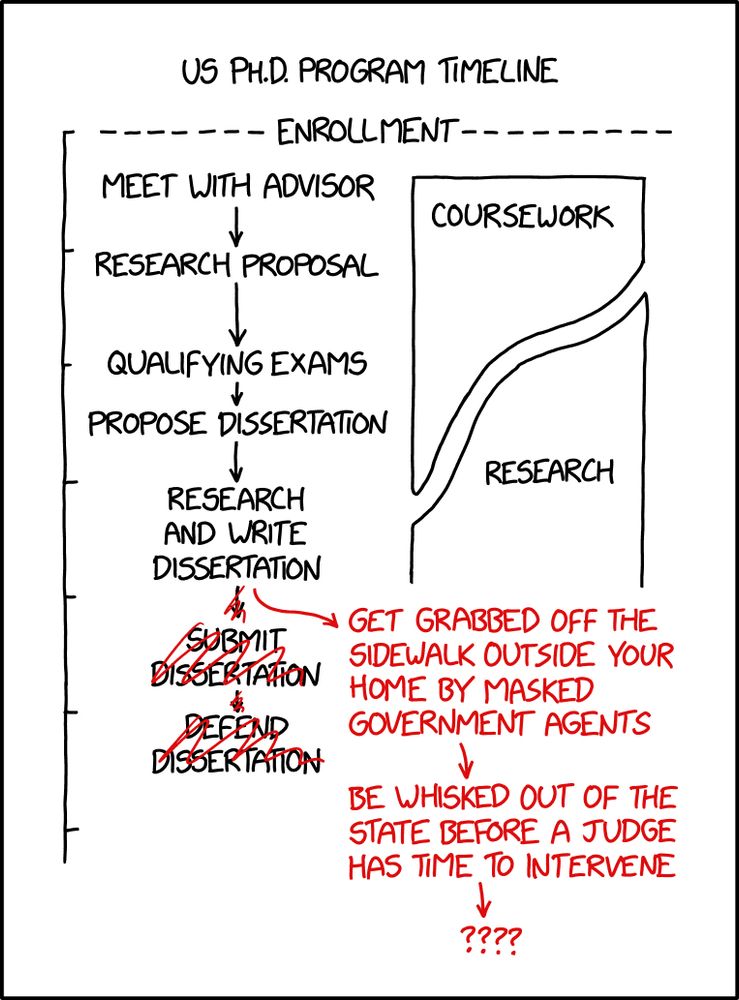Daniel Martínez
@dmartimarti.bsky.social
120 followers
410 following
12 posts
Postdoctoral researcher at Cabreiro Lab. MRC/LMS. Imperial College London.
I'm full of microbes, so I study them. Or they study themselves using me. Who knows.
https://dmartimarti.github.io/
Posts
Media
Videos
Starter Packs
Reposted by Daniel Martínez











